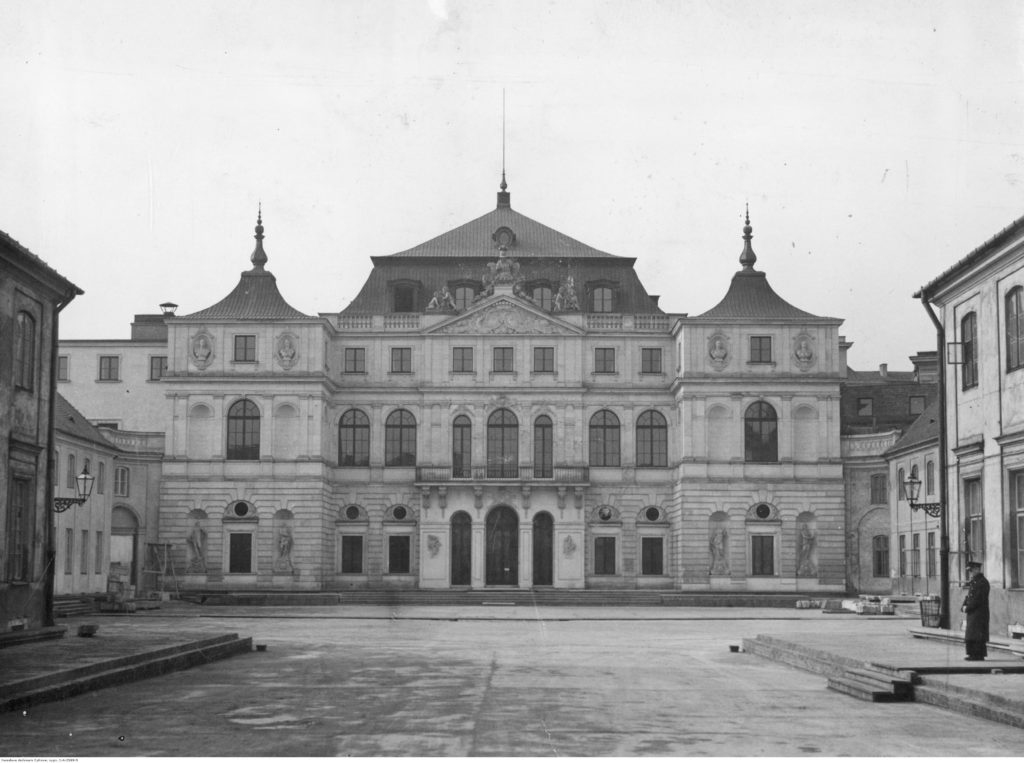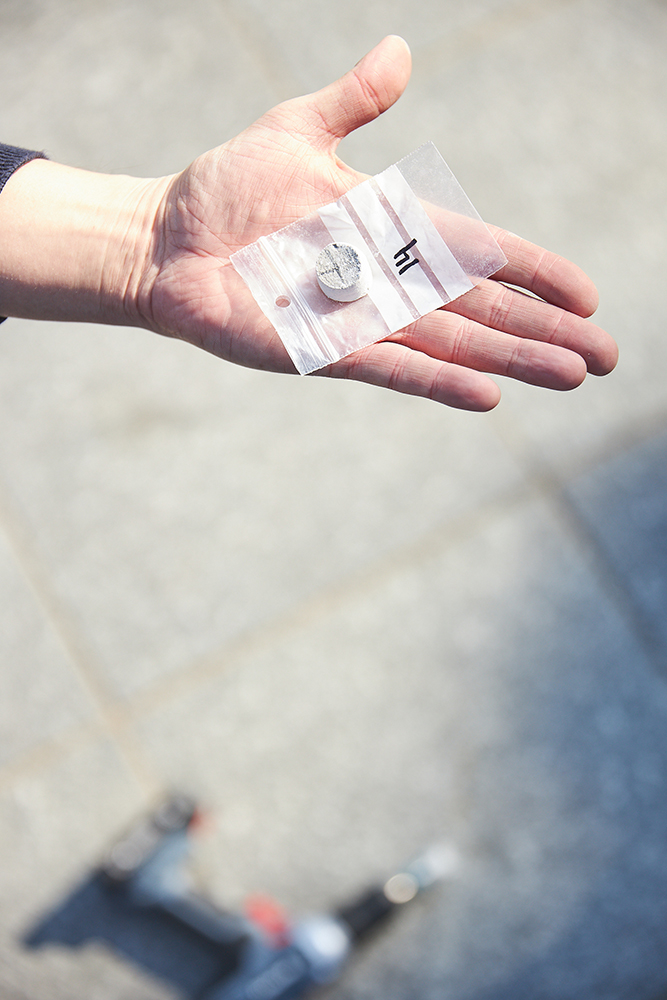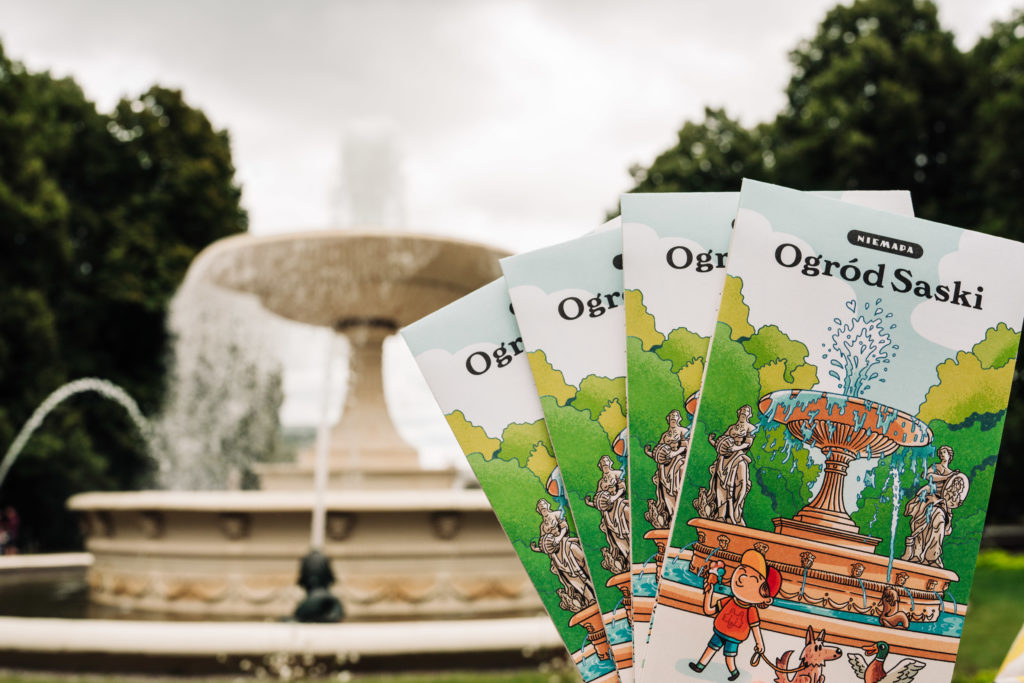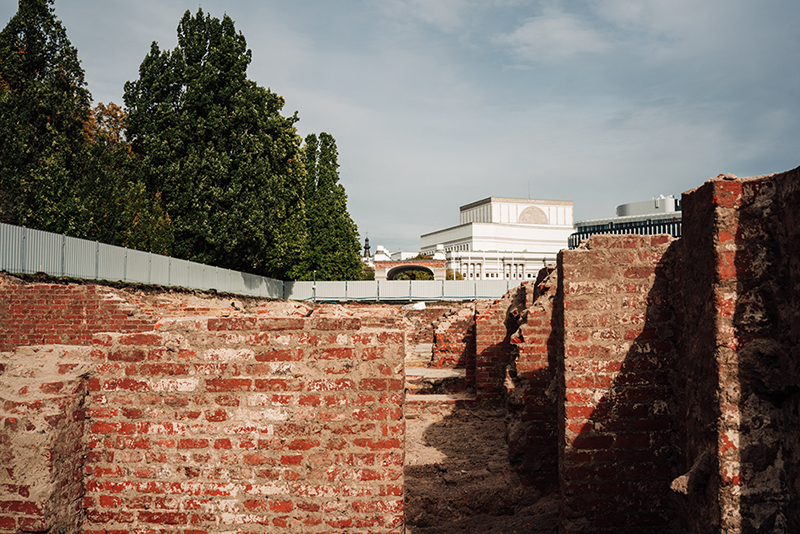October 2022: first review of the activities of Pałac Saski sp. z o.o.
The process of rebuilding of the western side of Piłsudski Square is being implemented on the basis of the Act on the preparation and implementation of the reconstruction of the Saski Palace, Brühl Palace and townhouses at Królewska Street in Warsaw. The townhouses in question comprise three buildings once located at 6 Królewska Street (the so-called Malhome townhouse), 8 Królewska Street and 10/12 Królewska Street (the so-called Lessel or Strasburger townhouse). Each of the buildings will be reconstructed with their external form from the eve of the outbreak of World War II, i.e. on August 31, 1939. In order to implement the project, the Minister of Culture and National Heritage Piotr Gliński - acting for and on behalf of the State Treasury - established, on November 30, 2021, a special-purpose vehicle under the name of Pałac Saski sp. z o.o. The company’s Management and Supervisory boards were appointed one day after that date.
Functions of the Saski Palace and the Brühl Palace
Piłsudski Square, in its present form, has a representative function. The Tomb of the Unknown Soldier is located there, state ceremonies are organized in this space. The square played an equally important role in the Second Republic of Poland, as the Saski Palace served then as the headquarters of the Polish General Staff. The Brühl Palace, in turn, housed the Ministry of Foreign Affairs.

According to the provisions of the Act, once reconstructed, the buildings will also serve the public - they will be used, for example, by the Chancellery of the Polish Senate and the Mazovian Provincial Office. The residents of Warsaw and tourists will also benefit directly: the Minister of Culture and National Heritage will appoint institutions that will jointly form, in the Saski Palace, a new cultural and historical center of the capital city. The palace, as a venue for various forms of artistic expression and storytelling, will be open to the public, creating a meeting point and facilitating dialog. A team of specialists, comprising representatives of cultural and state institutions, was established to come up with a concept of a Functional and Utility Program and its guidelines.
Pałac Saski sp. z o.o. activities
During its first months, the company undertook such preparatory work as drawing up a detailed investment schedule. The document served as a basis for gaining of successive administrative decisions, as well as for the conclusion of agreements and lease contracts with the managers of the various properties where the work will be carried out - including the Ministry of Defense, the Warsaw Greenery Board and the Warsaw Public Land Board. All these activities led to commencing the field work on August 18, 2022. Within a few days, a fence around the site was erected. Currently, remnants of the Saski Palace foundations are being uncovered under supervision of archaeologists. Moreover, the fence itself has become an exhibition space: on September 2, large-format photos showing the scale of war destruction appeared as part of the #BezPrzedawNIEnia exhibition commemorating the 83rd anniversary of the outbreak of World War II. October, in turn, will see the grand opening of a photography exhibition showcasing artifacts found during the excavations conducted between 2006 and 2008. Ultimately, the fence will serve as a city art gallery, also offering space for other exhibitions organized, for example, by the Academy of Fine Arts in Warsaw.
The nature of archaeological work performed on the site of the Brühl Palace and the townhouses along Królewska Street differs from the one conducted at the Saski Palace. Those sites will be surveyed for the very first time. The plans to unearth the basements of those buildings have already been drawn up. The securing of the location will take time, due to the need to examine, secure and take inventory of the artifacts found. An analysis of the state of preservation of the found fragments of stone decorations from the Brühl Palace was commissioned and petrographic studies were undertaken as well.
A temporary connection to the power grid was established to facilitate the archaeological work in progress. To prevent rainwater and snowmelt from accumulating in the archaeological pit, an ad hoc connection with the city sewer system was created as well. In order to handle road traffic in the vicinity of the works, a temporary traffic organization scheme was prepared, approved and then implemented on Królewska and Wierzbowa streets.
On-site surveys
Dendrology, ornithology and chiropterology surveys were still being conducted in the Saxon Garden in early spring of this year. The surveys were aimed at analyzing, in detail, the condition of the trees and shrubs and establishing the populations of their inhabitants - birds, bats and squirrels. In addition, a detailed arborist survey was drawn up to facilitate the process of managing the tree population and other types of vegetation.
Thanks to cooperation with the University of Warsaw, a number of non-invasive geophysical surveys have been carried out throughout the future project site. These surveys allowed to determine what lies underground - where specific utility infrastructures are located under the site, what historical objects may be potentially found there, and how much risk there is of encountering unexploded wartime ordnance during archaeological and construction work. As part of the site analysis, a Geological and Engineering Study was also drawn up to provide a preliminary information on the geological structure and hydrogeological conditions of the subsoil, as well as to establish the prevailing geological and engineering conditions.
In order to ensure the fidelity of the reconstructed buildings, petrographic surveys were carried out in September. These covered, inter alia, the bases of the columns towering over the Tomb of the Unknown Soldier - the fragments taken, together with samples obtained from existing quarries, will be used for comparative analysis. The type of sandstone closest to the one originally used to decorate the facade of the Saski Palace will be selected.

In order to monitor the potential impact of the ongoing archaeological work on the surviving section of the colonnade housing the Tomb of the Unknown Soldier, an expert opinion on its technical condition was drawn up and a geodetic survey was conducted to identify potential displacements of and scratches on the monument.
External support for the rebuilding of the western side of Piłsudski Square
In order to ensure that the project is implemented with the greatest care, the company is deepening its cooperation with universities and other institutions. The Management Board has already signed four letters of intent: with the Academy of Fine Arts in Warsaw, the Warsaw University of Life Sciences, the Warsaw University of Technology and the Nicolaus Copernicus University in Toruń. The universities have pledged to provide substantive support during the rebuilding of the western frontage of Piłsudski Square, including by conducting joint research or organizing artistic and scientific events. Additional letters of intent are planned to be signed with more higher education institutions in the near future.
Educational activities
The reconstruction of buildings that have been gone for more than 70 years now is also associated with the need to rebuild the historical awareness of the site. The company undertakes a number of educational activities centered around the history of the reconstructed buildings and their old inhabitants, mainly through press articles and historical information published on its website and social media accounts. Other events and promotional activities are being organized as well, including: "Restoring the Heart of the Independent Poland" exhibition in a number of Polish cities; guided walks along the Saxon Axis; providing those visiting Piłsudski Square with access to a stereoscopic photo panorama with archival photos of the Saxon Axis; an interactive NOTAMAP of the Saxon Garden intended for the youngest and their caregivers; a concert with music from the interwar period; and the Saxon Garden Festival - an outdoor event during which participants could feel the atmosphere of the interwar years.

Next steps
Based on the program of archaeological investigations of the underground remains of the Brühl Palace, the company plans to enclose its location to ensure that it is protected - just as it did when the ruins of the Saski Palace were being uncovered. Next, the process of unearthing the remnants of the basement of the former Ministry of Foreign Affairs building will commence, with additional archaeological work to follow later on.
Paying utmost attention to detail, the company commissioned a study combining history and urbanism which will constitute a part of the architectural competition dossier. Surveying work has also been carried out, resulting, inter alia, in preparing a map to be used during the design purposes, and additional maps with property boundaries.

The company conducts an extensive research in the archives of a number of institutions in Poland and abroad. As a result, more than 4,000 pages of data have already been obtained. The obtained information will allow the winners of next year's architectural competition to develop a detailed design, serving as a basis for reconstructing the historical buildings of the western side of Piłsudski Square as faithfully as possible. In the future, a campaign is planned to reach private individuals who may have historical documentation - especially photos - in their home collections related to the Saski Palace, the Brühl Palace and the townhouses on Królewska Street. More information about the campaign will be announced soon.